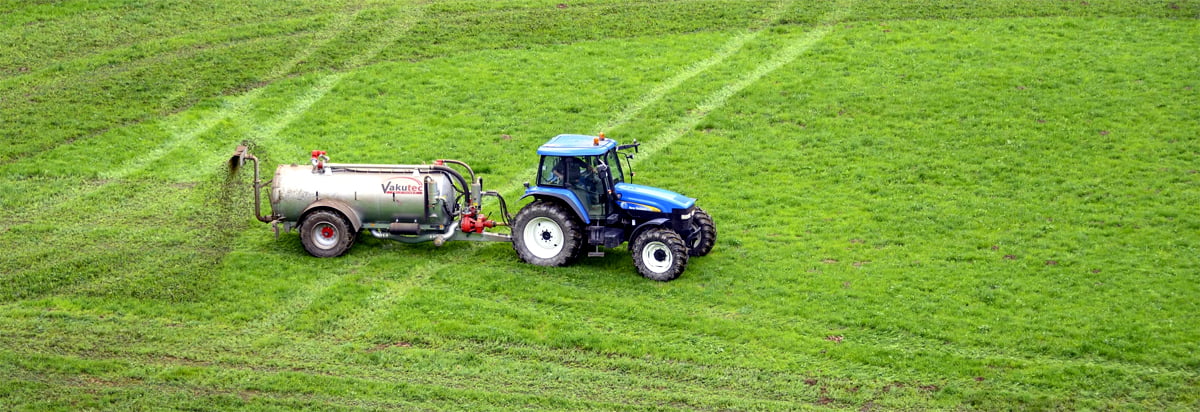The European Union (EU) Farm to Fork strategy is a set of measures and policies aimed at improving food security, promoting sustainable agriculture, reducing food waste and promoting regional cooperation within the EU. The strategy, which is part of the overall European Green Deal, was launched in late 2015.
A key part of the strategy is to reduce emissions including nitrous oxide. The main sources of nitrogen emissions from farming are manure management and fertilizers, with crop production accounting for a smaller share. Nitrogen is an essential nutrient for plant growth. However, nitrogen emissions from farming can have serious environmental consequences. Nitrogen emissions from farming account for about one-third of the total global nitrogen emissions. These emissions arise from the use of fertilizer, the production of ammonia, and the burning of fossil fuels. Nitrogen emissions from farming have been growing rapidly over the past several decades. This growth is partly due to the increasing use of fertilizers and the expansion of livestock farming.
If fully deployed farmers in the 27 nation bloc would need to cut the use of pesticides on farms by 50%, reducing fertilizer usage by 20% and requiring that 25% of its farmland shift to organic crops. In some countries these reduction quotas are even greater. In June 2022, the Netherlands’ coalition government issued a national and area-specific plan for curbing nitrogen emissions. The government proposed reducing livestock numbers by 30 percent to meet nitrogen emissions targets and some parts of the country will be required to slash emissions by 70 or even 95 percent.
The movement is not restricted to the EU only. In 2020, the Canadian government unveiled a climate plan that also called for reducing nitrous oxide emissions from fertilizer by 30 percent by 2030. There are similar efforts taking place in the United States at both the Federal and state levels.
Farmers cry foul
Farmers are especially affected by emission control regulations because nitrogen emissions are heavily driven by ammonia from livestock manure management and fertilizers and even crop production. Nitrogen is an essential nutrient for plant growth however, critics claim that methane and nitrous oxide are both potent greenhouse gases, and when emitted from farms, they contribute to global warming. Some farmers insist that these green policies will drive some of them out of business and could lead to food shortages. In the Netherlands, farmers who don’t cooperate with the mandate face having their land confiscated by the government.
But it’s not only mandates that arise from the various green policies being advanced in the EU that threaten farmers across the bloc. Costs are rising as yield production has stagnated and is predicted to fall. A key expense is fertilizer and fertilizer prices have skyrocketed towards record levels. Since January 2021, many fertilizer types have tripled or quadrupled in price. The increase has been attributed to weather, supply chain disruptions and technical difficulties at plants. The problem was only exacerbated in 2022 when and the war being waged between Russia and Ukraine resulted in severe sanctions against Russia.
Russia is a big player in the fertilizer market. The country is the world’s top exporter of natural gas, which is used to make nitrogen fertilizer, and a top producer of potash, a key component of many fertilizers. Together, Russia and Belarus (which is Russia’s closest ally and also faces international sanctions) make up more than 40% of the global potash market, according to the Fertilizer Institute.
Some helpful links:
EU’s common agricultural policy at a glance
Webinar: Nitrous oxide emissions from agricultural soils

